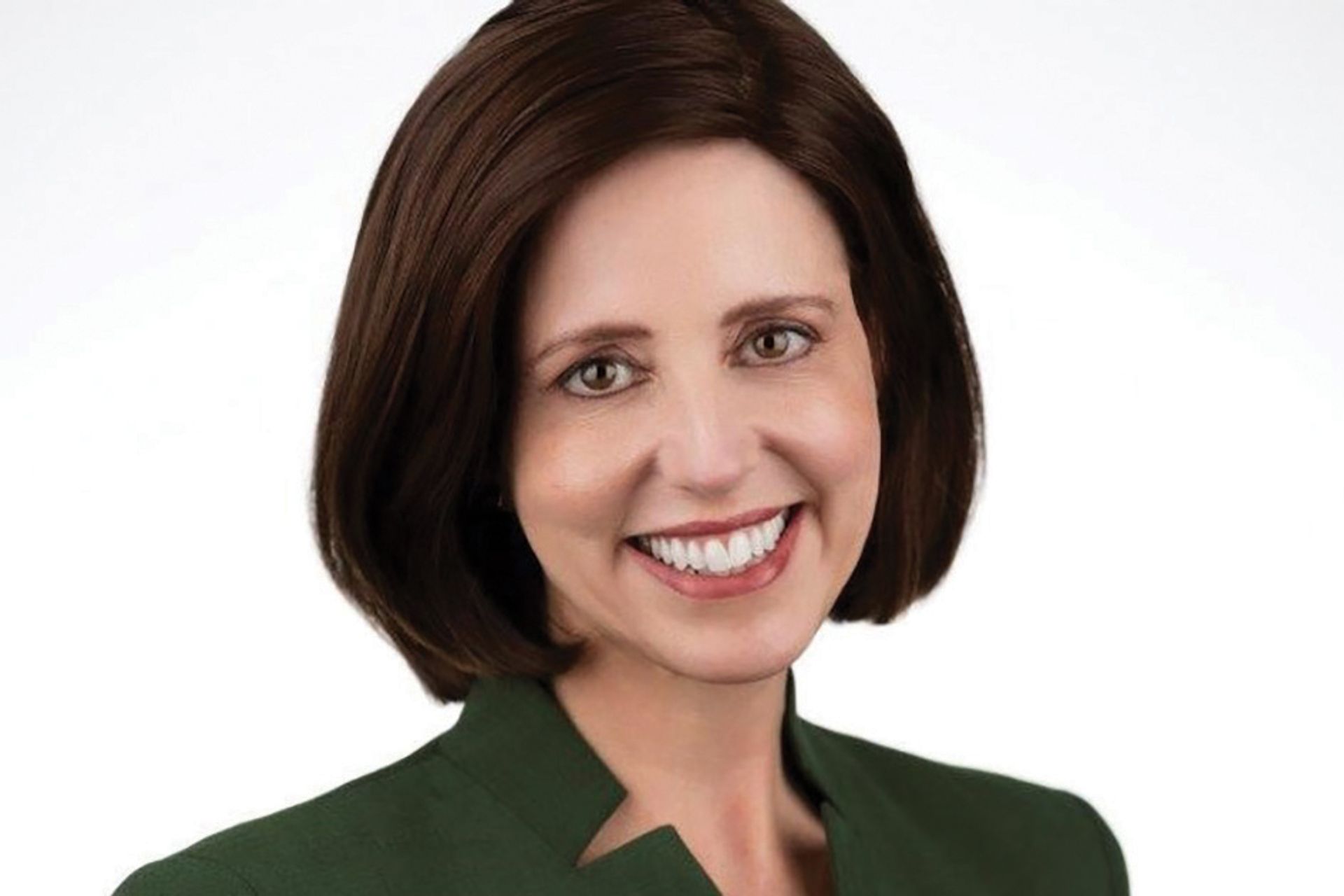As the art market grapples with the possibility of new regulatory law enforcement to institute anti-money laundering (AML) programmes, the challenge art dealers and auction houses face is instituting compliance while managing cost and operational burden. As a result, the commercial art industry may want to consider creating a collaborative consortium that securely pools data, technology and even human resources to implement and manage AML compliance programmes so that art specialists can train their efforts on art rather than policing financial crime.
Working together in the AML space, however, does not need to dampen competition or erode bottom lines. Just as exchanging information to identify stolen artwork has helped art businesses, collaboration could reduce the burden on individual businesses while also making the market more resilient and profitable. This is especially true in the era of blockchain and other technological advances that facilitate information sharing while protecting data privacy.
Similar endeavours in other industries suggest that there is merit in working together to reduce financial crime. Recently, the Virginia-based Financial Crimes Enforcement Network (FinCEN) published an interagency statement in favour of certain low-risk financial institutions sharing Bank Secrecy Act and AML resources. An even more comparable example can be found in the jewellery market where the Jewelers Vigilance Committee provides guidance to jewellery dealers in AML risk assessment and establishment of compliance programmes.

Laura S. Patten, lead specialist at Deloitte Financial Advisory Services Courtesy of Deloitte
Although in many cases, art businesses excel at identifying and evaluating risk around products (works of art), they are simply less equipped to evaluate counterparty risks. Art dealers interested in getting ahead of the swiftly changing regulatory environment should already be performing risk assessments to uncover and understand their exposures to money laundering. A properly executed AML risk assessment would help an art business understand to what extent its screening and vetting processes for potential consigners compare to its screening and vetting practices for potential consignments.
Often, AML risk assessments are conducted by objective outside experts who employ a combination of qualitative and quantitative research methodologies to identify specific risk categories (products, services, customers, entities, transactions, and geographic locations) as relevant to money laundering. But an art market AML consortium could define, update and test AML policies and procedures, screen counterparty names and monitor transactions for many members. It also could educate the trade about AML issues, and raise awareness about know-your-customer (KYC), suspicious activity reports (SARs), cash transaction reports (CTRs), sanctions and other matters involved in AML programmes.
Based on risk assessment results, AML art market consortium experts could then help members implement internal financial and operational safeguards that are appropriate to the enterprises’ size and complexity. These controls could be as sophisticated as continuous transaction monitoring or as simple as training staff to recognise and report suspicious activities. Finally, the consortium also could conduct testing and validation of AML programmes to assess compliance with regulatory requirements and guidance and identify deficiencies or opportunities for enhancements.
Ultimately, the best art dealers have combined creativity and business acumen to address tough market challenges, and they know that sometimes—especially when thwarting financial criminals—they can create the strongest solutions together.


